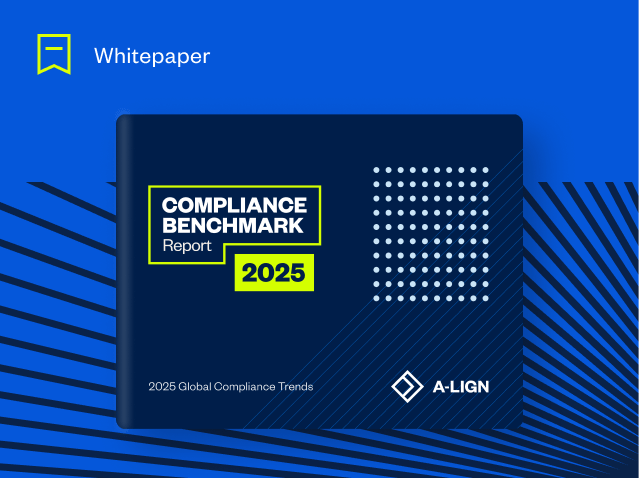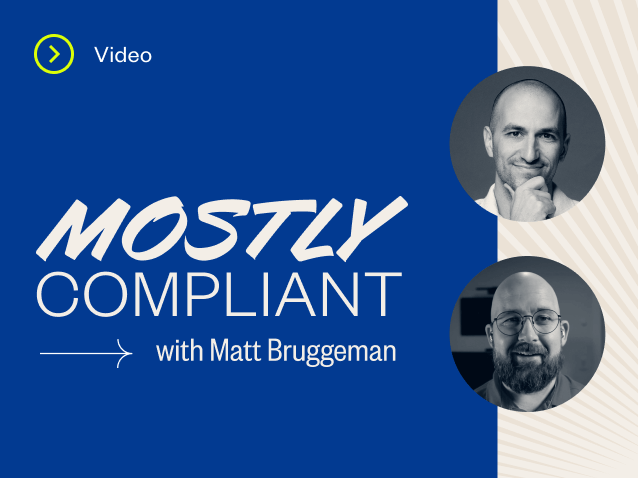The Strategic Value of Penetration Testing
Mastering Penetration Testing
Penetration testing is more than just a regulatory checkbox or a yearly exercise. It is an essential component of a comprehensive cybersecurity strategy, designed to stay ahead of an evolving threat landscape. Insights from Patrick Sullivan, VP of Innovation & Strategy, and Joseph Cortese, R&D Director at A-LIGN, emphasize that penetration testing, when used effectively, can transform your security posture.
If you’re ready to understand how penetration testing moves beyond simple vulnerability scans, this webinar will guide you through its role, processes, and modern applications.
Understanding penetration testing
Contrary to common misconceptions, penetration testing is not simply about identifying vulnerabilities through scanning. Unlike automated vulnerability checks, penetration testing dives deep, simulating real-world attack scenarios to uncover exploitable weaknesses. This detailed approach helps organizations visualize potential access points for cyber threats, offering actionable insights to reinforce defenses.
Why annual tests fall short
The frequency of testing directly impacts the robustness of your defenses. Sticking to a yearly routine leaves organizations vulnerable to the dynamic nature of cybersecurity risks, especially with rapid technological advancements like cloud migrations and AI integrations. Companies should adopt frequent, rigorous testing cycles that adapt to organizational shifts, ensuring your security practices evolve alongside emerging threats.
Combining manual testing and automation
To effectively manage the period between testing cycles, continuous monitoring through automated systems is essential. Tools for automated vulnerability assessments complement manual penetration testing, providing comprehensive visibility into exploitable gaps.
- Manual Testing: Simulates sophisticated attack techniques, uncovering nuanced vulnerabilities.
- Automation: Monitors constantly and identify risks in real time.
Together, these approaches form a robust, layered defense strategy.
The multi-stage process
Penetration testing follows a structured, multi-stage process for maximum impact:
- Planning Phase: Define scope, goals, and testing parameters.
- Testing Phase: Simulate attacks, probe vulnerabilities, and assess exploitation paths.
- Reporting Phase: Present findings alongside actionable recommendations.
Advanced testing strategies often involve Red, Blue, and Purple teams. Each plays a distinct role in strengthening security frameworks:
- Red Teams simulate attackers to identify weaknesses.
- Blue Teams assess and enhance defensive capabilities.
- Purple Teams integrate efforts to ensure a collaborative, holistic security approach.
These methods, once reserved for large enterprises, are now accessible for organizations of all sizes through scalable solutions.
Achieving continuous and inclusive security
The future of penetration testing lies in ongoing and adaptive methodologies. Whether you’re a startup or a multinational corporation, tailoring strategies to your specific needs ensures inclusivity and effectiveness.
By leveraging expert-led insights, continuous monitoring, and methodical testing, penetration testing enhances your cybersecurity framework, offering real-world protection where it matters most.




